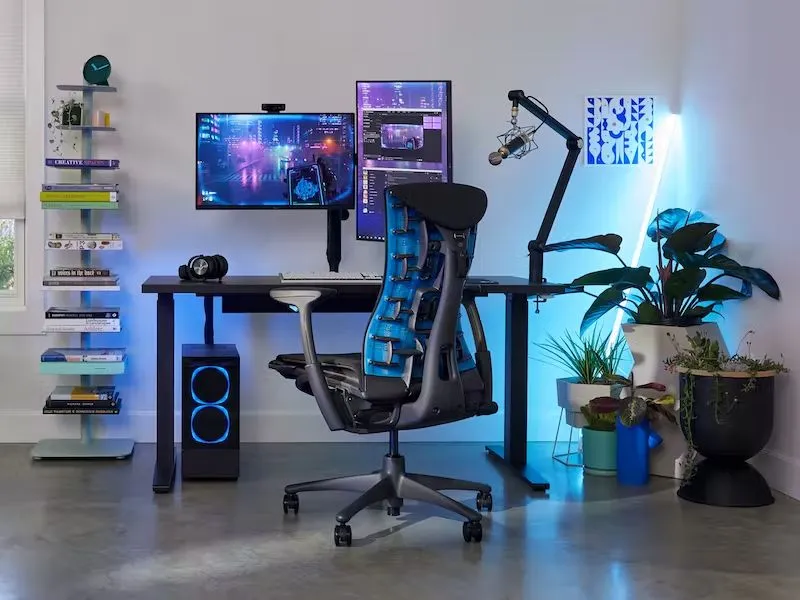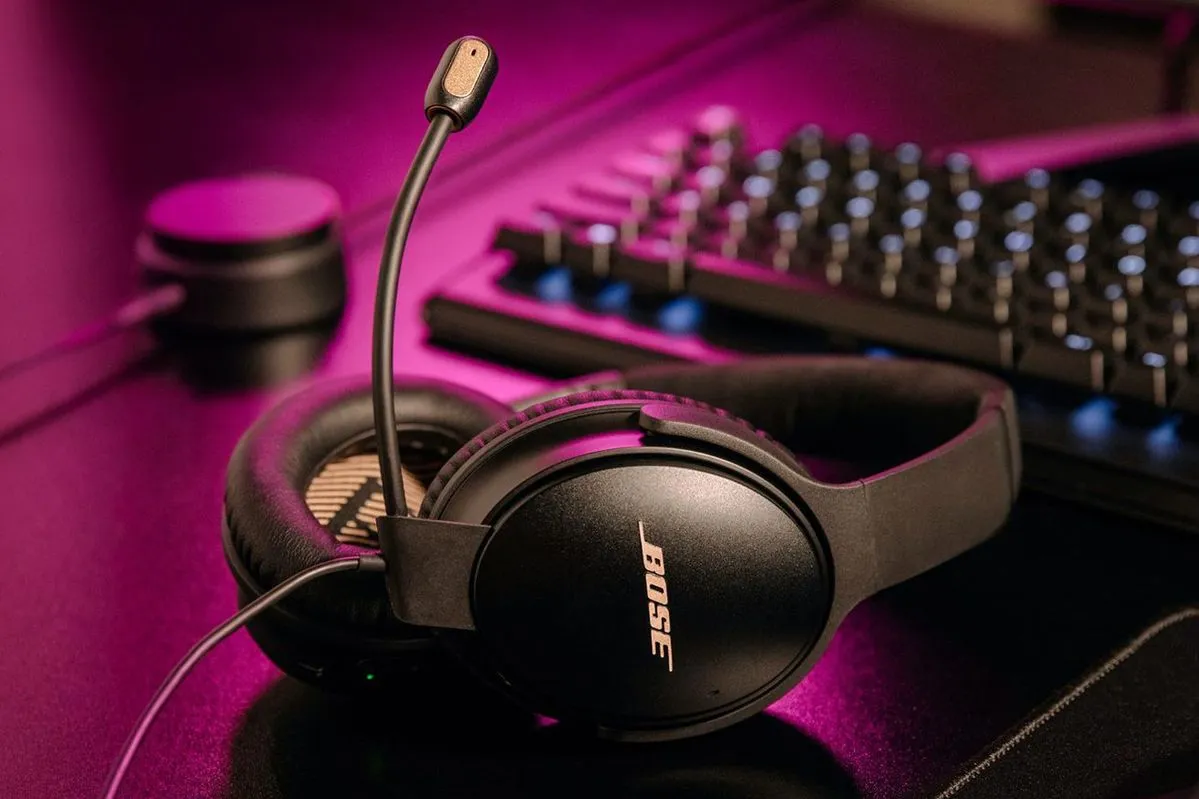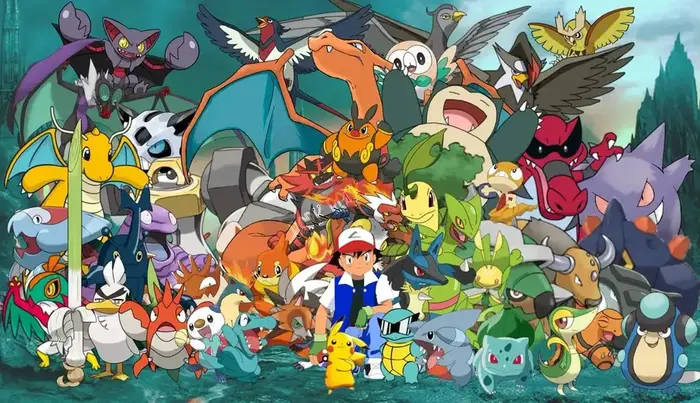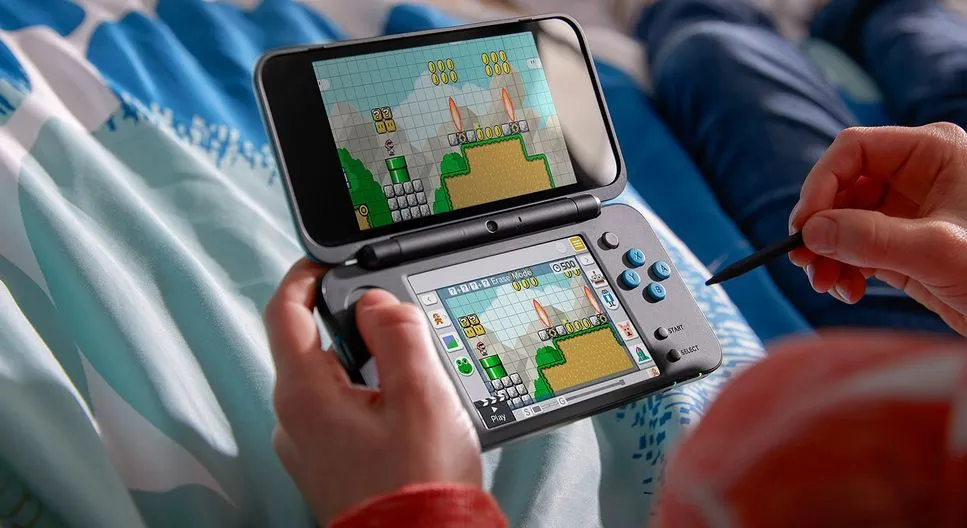LIFESTYLE
Best Wordle Starting Words: Simple Choices That Open the Game
April 22, 2025
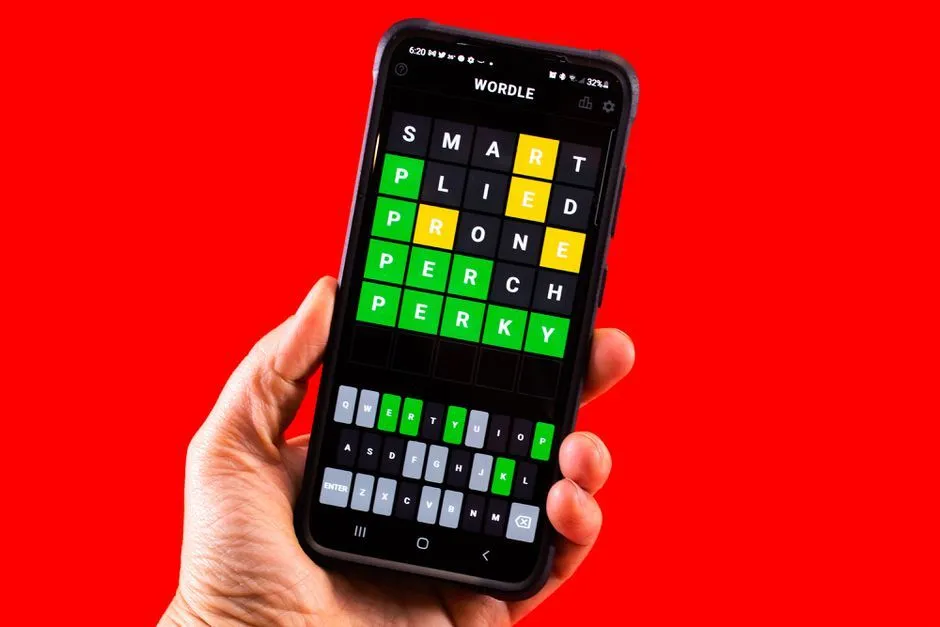
At first glance, Wordle feels like a game of chance. You pick a five letter word, press enter, and hope something sticks. But for anyone who plays regularly, it quickly becomes clear that the first word shapes the rest of the game. A smart opening guess can turn six chances into three. A careless one might leave you lost by round four. That is why finding the best Wordle starting words is more than a habit—it is a strategy.
Good starting words are built on information. The goal is not to guess the solution on the first try. It is to learn as much as possible about the letters and their possible positions. That means picking words that include common letters, spread across the board in ways that help you rule things out. You want a word that tests vowels, hits frequent consonants, and avoids repeating letters too early.
Most experienced players lean toward certain letters because of how often they appear in English words. The most useful vowels are A, E, and O. Among consonants, the letters R, S, T, L, and N tend to appear most often. Choosing a word that touches these letters early gives you more information than a guess filled with rare or repeating characters. That is why words like SLATE, CRANE, and RAISE appear so often in Wordle discussions, they cover ground.
But there is more than one way to play it smart. Some words focus on vowel discovery. Others aim to uncover rare consonants quickly. A few even include repeated letters to test patterns that pop up more often than we realize. The best Wordle starting words are not just about frequency. They are about balance. And the best approach is often to have a small group of openers you rotate based on instinct or mood.
This guide brings together over thirty thoughtful starting words, each with its own reasoning and use case. You will not find random guesses here. Only choices that give you a clearer picture of the puzzle ahead, and maybe a better shot at solving it before your sixth and final try. Let’s take a closer look.
A clear, punchy starter that hits both common and mid frequency letters. Great for identifying tricky consonants early, especially when vowels feel unhelpful.
A classic for a reason. It hits the sweet spot between vowel detection and common ending sounds. The S and T at the front test strong openers.
Smooth and effective. The blend of P and L helps check mid position consonants. E at the end offers early feedback for popular word endings.
Less common, but useful. C and H offer insight into potential digraphs, and the A-N-T structure helps uncover base word frames quickly.
Especially helpful when hunting for softer consonant sounds. It has a natural letter flow and keeps all guesses readable and usable for follow ups.
You get S and H upfront, both useful in identifying potential blends. I and E balance the vowel spread without being redundant.
Like CRANE, but just different enough to give varied feedback across attempts. T and E together at the back are especially helpful.
Mixes vowels and uncommon consonants like D and N for early contrast. Good when you want to break away from predictable letter sets.
Tests the I and E pattern while introducing D, a mid frequency consonant. Great when looking for a word structure that ends strongly.
G does not always get enough attention early. This word includes it, along with the ever useful R, T, and E combination.
One of the most practical openers. Every letter earns its place. It also prepares you for the many common five letter endings.
More useful than it looks. Gets S and T in play, checks for O in the middle, and helps narrow down endings with M and R.
A solid option for checking Q early while still hitting U and E. The I in the middle helps confirm common vowel spacing.
Especially strong when E at the end keeps showing up. C and L help frame the start of the word while O and N balance the core.
Useful for testing soft blends and vowels together. Good for identifying S-H starters, which are more common than many realize.
Helps test B and L together, which often appear in word clusters. A and E spacing is strong, and M gives edge case support.
Ideal for narrowing down endings. T and H upfront are frequently paired, and S-E endings are among the most common in Wordle.
Touches on common letters and subtle consonant switches. Excellent for words with S-C patterns or rare consonants that pop up late.
One of the more aggressive openers. Includes Z, which helps eliminate oddball solutions early. A and E soften the guess without wasting letters.
Starts strong with B and L, and D helps wrap the word with structure. The I-N combo gives good feedback in later guesses.
A bold opener for testing repeated letters early. Double O offers quick vowel info, while D gives insight into soft endings.
Perfect for checking mid word consonant positions. I sits well in the center, and G leads with force.
Balanced in both structure and tone. B and R give firm starts, while A, V, and E give varied letter frequency coverage.
Useful for O placement and often overlooked consonants like C and N. T at the front is always worth checking early.
An uncommon yet smart opener. Covers I and H while also testing R and T in early positions.
Repeats E intentionally to detect double vowels. S and T round out the word with frequent consonants.
A sharp word that hits L and N near the core. The I adds vowel testing without overlapping with the most common ones.
Perfect if you're trying to test CH endings early. A and E split the vowel spacing nicely while P grounds the word.
Begins with a rare letter like D and ends with a double L, helping uncover unique word patterns.
Useful for identifying consonant stacks. The R and N pairing is very common, and O helps with central placement.
There is no perfect first word. No magic formula. But there are smart words that give you more to work with, more often than not. The best Wordle starting words do not guarantee a win, but they shape the path toward it. They help you move with intention instead of hope. That is what makes them worth remembering.
Choosing your opener is part logic, part rhythm. Some players stay loyal to one word every day. Others change based on instinct. Both approaches work, as long as the word you choose gives you feedback you can build on. That is the point of a good start—not to be clever, but to be clear.
Over time, you start to see patterns. Certain letters appear again and again. Some endings repeat across very different words. You learn which vowels play together, and which consonants show up late when you least expect them. All of that begins with a word that opens the door wide enough.
So pick your starter with care. Let it be sharp, balanced, and useful. And remember that even in a game of letters, the smallest choices can shift everything. That first move is not just a guess. It is a foundation.

